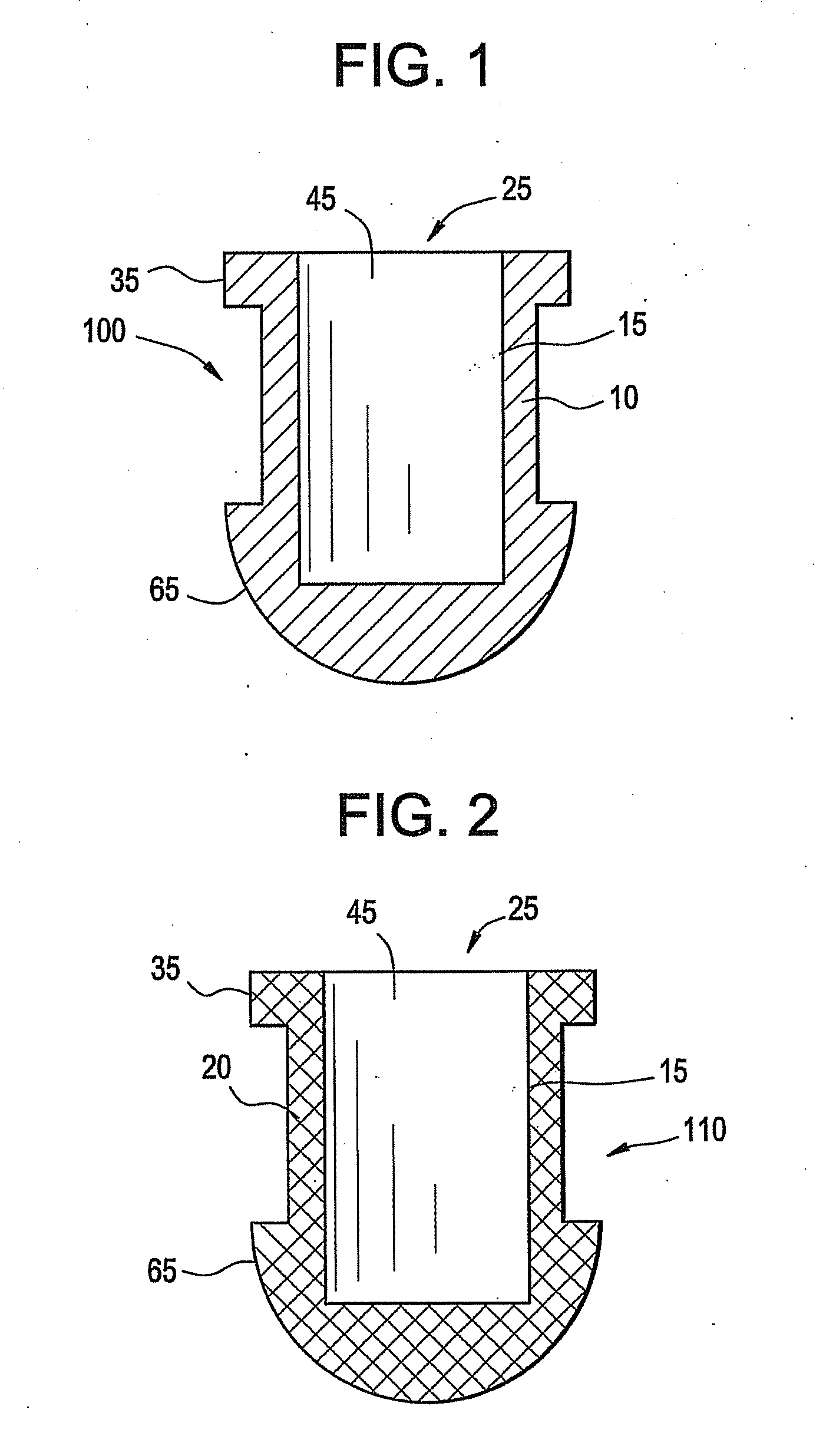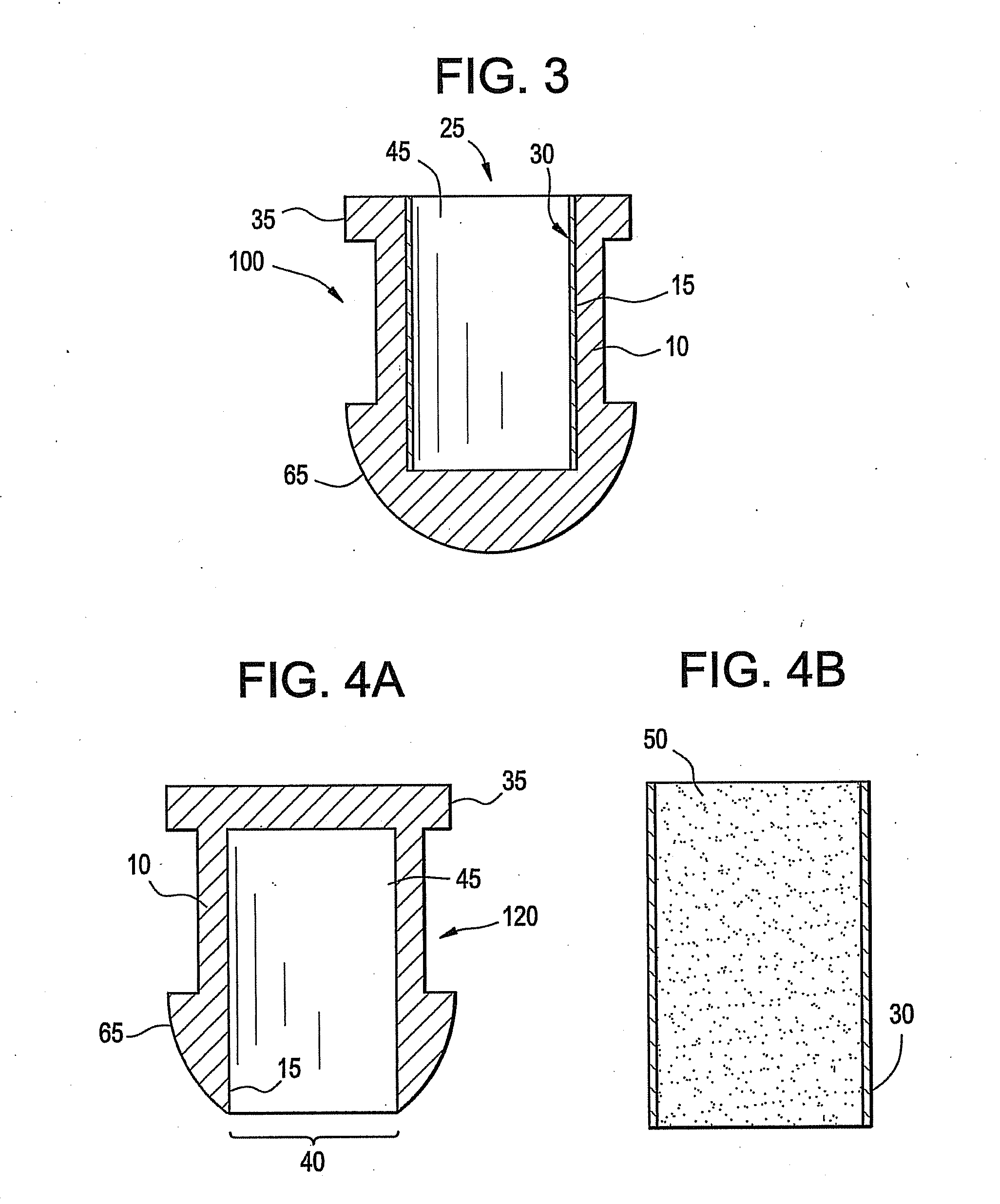Biocompatible wire battery
a wire battery, biocompatible technology, applied in batteries, sustainable manufacturing/processing, cell components, etc., can solve the problems of difficult to achieve non-standard form factors, large devices with a relatively short useful life, etc., to achieve reliable, convenient use, and high capacity.
- Summary
- Abstract
- Description
- Claims
- Application Information
AI Technical Summary
Benefits of technology
Problems solved by technology
Method used
Image
Examples
Embodiment Construction
[0028]A battery, battery cell or cell is a device wherein the chemical energy contained in the active materials comprising the battery is directly converted into electric energy through an electrochemical oxidation-reduction reaction. These batteries, battery cells, or cells may be broadly classified as primary batteries which are intended and optimized for only one discharge cycle, nonrechargeable, or as secondary batteries which are rechargeable through the reversal of the oxidation-reduction reaction. Primary batteries offer a number of advantages, including good shelf life, high energy density at low to moderate discharge rates, low maintenance and ease of use. Secondary batteries also offer a number of advantages, including high power density, high discharge rate, flat discharge curves and good low temperature performance in addition to its ability to be recharged. A secondary battery typically has a charge retention that is worse than in a primary battery; however, this defici...
PUM
| Property | Measurement | Unit |
|---|---|---|
| aspect ratio | aaaaa | aaaaa |
| diameter | aaaaa | aaaaa |
| diameter | aaaaa | aaaaa |
Abstract
Description
Claims
Application Information
 Login to View More
Login to View More - R&D
- Intellectual Property
- Life Sciences
- Materials
- Tech Scout
- Unparalleled Data Quality
- Higher Quality Content
- 60% Fewer Hallucinations
Browse by: Latest US Patents, China's latest patents, Technical Efficacy Thesaurus, Application Domain, Technology Topic, Popular Technical Reports.
© 2025 PatSnap. All rights reserved.Legal|Privacy policy|Modern Slavery Act Transparency Statement|Sitemap|About US| Contact US: help@patsnap.com



